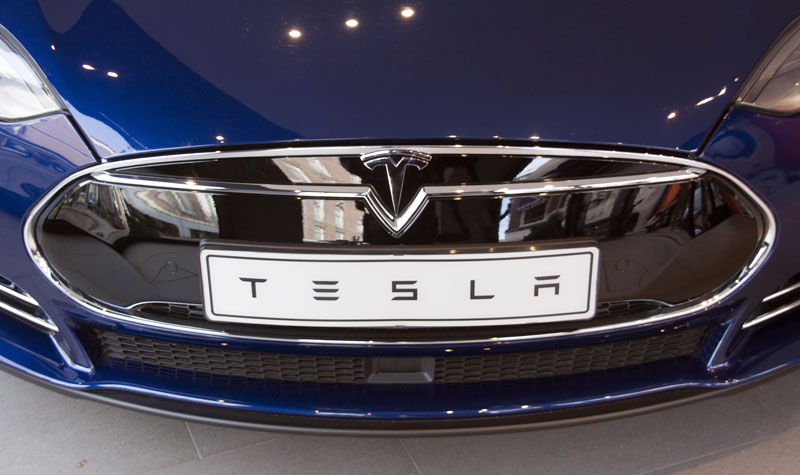The Tesla Growth Formula (Automotive + Solar)
How One Company Drives Its Stake into The Marketplace
Posted on: March 7th, 2017
At Tesla, everything is different. From the way they operate and hire new talent to driving their company’s growth, Tesla is known (and is expected) to be different.
So when billionaire entrepreneur Elon Musk laid out his vision of combining his electric car company Tesla and solar installer SolarCity by predicating that a merged company could achieve a blockbuster $1 trillion market capitalization, not many in the financial world were shocked.
However, they were a bit skeptical about the high price tag of the SolarCity acquisition offer. This sent Tesla’s shares tumbling by over 11% following the news.
Nevertheless, Elon Musk argued that the the huge valuation, yet to be achieved by any company, would be reasonable for the combined automotive, power storage and power generation giant.
He felt that the cost of the SolarCity acquisition would seem insignificant
down the road. (The deal was worth roughly $2 billion and Tesla absorbed SolarCity’s roughly $3 billion in debt as part of the deal).
He was quoted saying that the premium on Tesla’s offer for SolarCity was “an extremely normal” premium for a public company and in the future “one isn’t going to be worried about whether it’s a few hundred million dollars one way or the other.”
Why the Automotive + Solar equation fits?
As with everything that Musk does, the Automotive + Solar equation too is visionary. For Musk, his long-term vision is to establish a company that can produce energy, using solar panels, store energy, using batteries, and use batteries for various applications like to power a car, manage the power grid, and power buildings.
And according to him, bringing all these now seemingly different aspects into one “container”, would lower costs for both companies and deliver various synergies.
Such a combined company, which presently would include Tesla’s massive battery factory, under construction outside of Reno, Nev., and SolarCity’s big solar panel factory, under construction in Buffalo, N.Y., would be vertically integrated and own multiple aspects of its own supply chain. This would be a winning formula.
It does seem to make sense
The $1 trillion market cap does make sense, provided if the combined company is successful in transitioning the world to cleaner energy and a more sustainable transportation. And they may be right. In 2001 GM decided to stop working on its electric models.
However, when Tesla’s Roadster came along GM quickly went on to make the Volt and Nissan the Leaf. If much of the auto business does end up going electric in the future, Tesla will be miles ahead with its winning combination.

